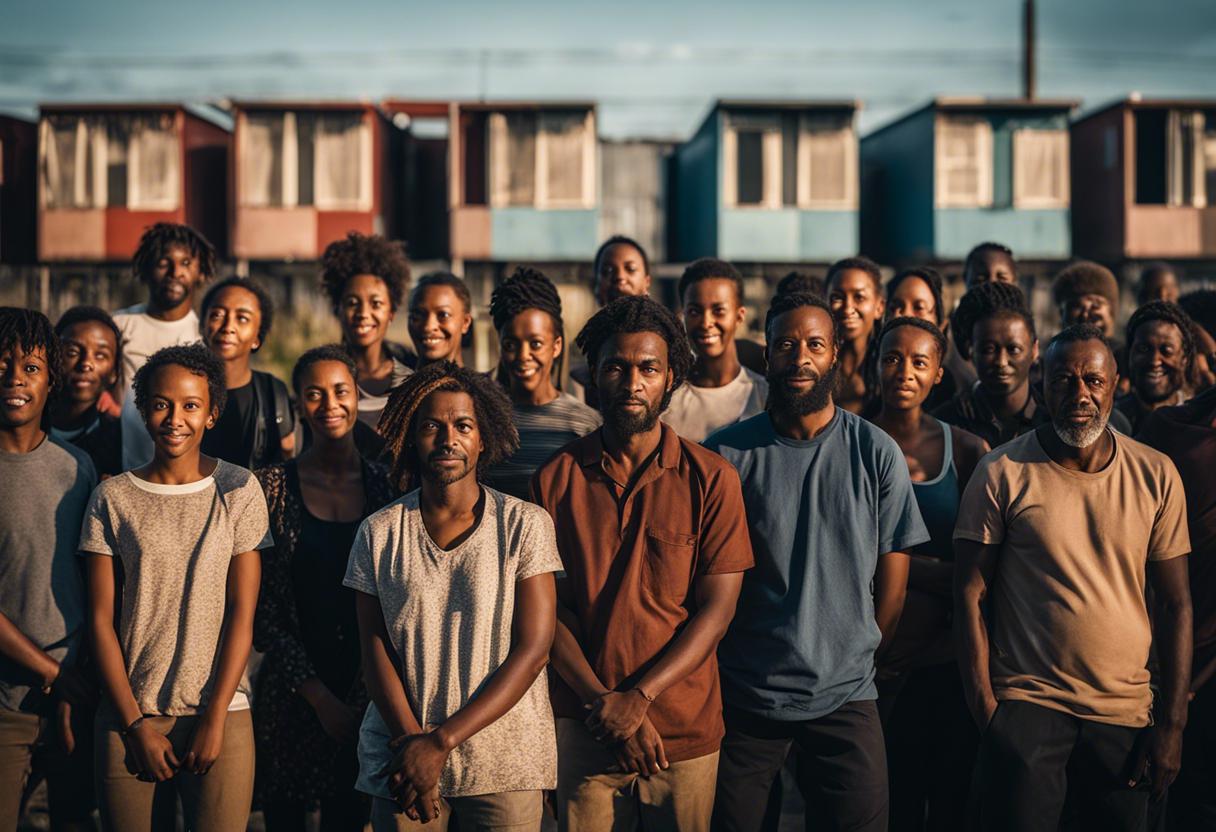In February 2021, Roderic O’Gorman, the Minister for Integration, introduced his White Paper initiatives to dissolve direct provision, addressing a cluster of journalists at a safe distance. However, with the persistent Ukrainian refugee crisis, O’Gorman found himself standing in the Government Buildings on a Wednesday three years later alongside Helen McEntee, the Minister for Justice, and Norma Foley, the Minister for Education. The purpose? To communicate his department’s restructured projection to salvage the rapidly deteriorating system of international protection accommodation in the country.
By 2028, the government pledges to supply 14,000 beds funded by the state for asylum seekers as part of a broader plan to offer 35,000 beds. The proposed ‘mixed model’ takes into account 10,000 emergency accommodation beds operated commercially as well another 11,000 beds for contingency accommodation.
The intent is to transform deserted offices, turnkey properties and rapidly-constructed buildings into 14,000 new beds for asylum seekers: a state-funded initiative. This move is deemed necessary in light of the continuous dependence on commercial accommodation, an aspect which civil society groups have repeatedly urged the government to end and which is likely to persist in the short to medium term.
O’Gorman’s comprehensive plan for international protection applicants’ housing, despite the ongoing pressure to shift from an entirely reactive response defining the international protection housing system, is ambitious and comprehensive. The plan aims to restore public faith in the system, ensuring fair, equal and transparent distribution of accommodations across the State.
The ministers’ combined announcements, especially when considering McEntee’s declaration that Ireland will participate in the EU’s Asylum and Migration pact, suggests that the country’s leaders have finally agreed on a cogent response to the increasing numbers of asylum seekers in Ireland.
If successful, O’Gorman’s strategic plan could ease growing local tensions surrounding immigration. The plan is based on predictions that between 2024 and 2028, an annual average of 16,000 individuals will claim asylum in the country. Concurrently, those granted asylum will be able to transition from these allocations into private housing.
Transitioning from ’emergency response’ to immigration is necessary in Ireland, acknowledges Harris, stating that local communities are feeling unheard. With the number of asylum seekers set to increase in the next 18 months, according to the Department of Integration, the hope is that a more efficient processing system included in the EU pact will eventually stabilise these figures.
The pact primarily deals with the issue of asylum seekers ‘secondary movement’, which refers to an individual relocating from their initial European entry point to another country to apply for asylum. Currently, it is estimated that between 50-70% of international asylum seekers coming into Ireland have journeyed from a different European nation.
The pact also sets a new border procedure, aiming to determine asylum cases in 12 weeks. This concerns individuals entering the EU without proper documentation, using falsified documents or hailing from so-called ‘safe countries’. Decisions regarding individuals who reach Ireland after receiving asylum in another European country will be decided within two months. In cases involving those fleeing war, turmoil or persecution, a verdict will be delivered within six months, according to officials from the Department of Justice. Presently, verdicts are reached after an average period of 19 months.
The reformation of the accommodation system for asylum seekers centres heavily on capital funding; this year, €74 million is anticipated, followed by €140 million next year and €180 million in 2026. Some of the funds will be invested in acquiring and refurbishing vacant office spaces, which authorities identify as a potential asset.
The subsequent immigration strategy aims at eliminating reliance on ‘last hotel’ accommodation for asylum seekers. However, the EU pact won’t be in effect until 2026, and Department of Integration officials are aware of the impossibility to instantly provide housing for tent-dwelling asylum seekers.
Plans to lease two sites from the HSE are underway, accompanied by a site from the Department of Justice. Some property developers have voiced a strong interest in transforming vacant office buildings into residences. The intention now is to focus on larger, urban areas, ending the reliance on the final available accommodation within a town. However, if progress is not made promptly with these initiatives, there’s a risk that women and children could be obliged to sleep in tents within weeks.

